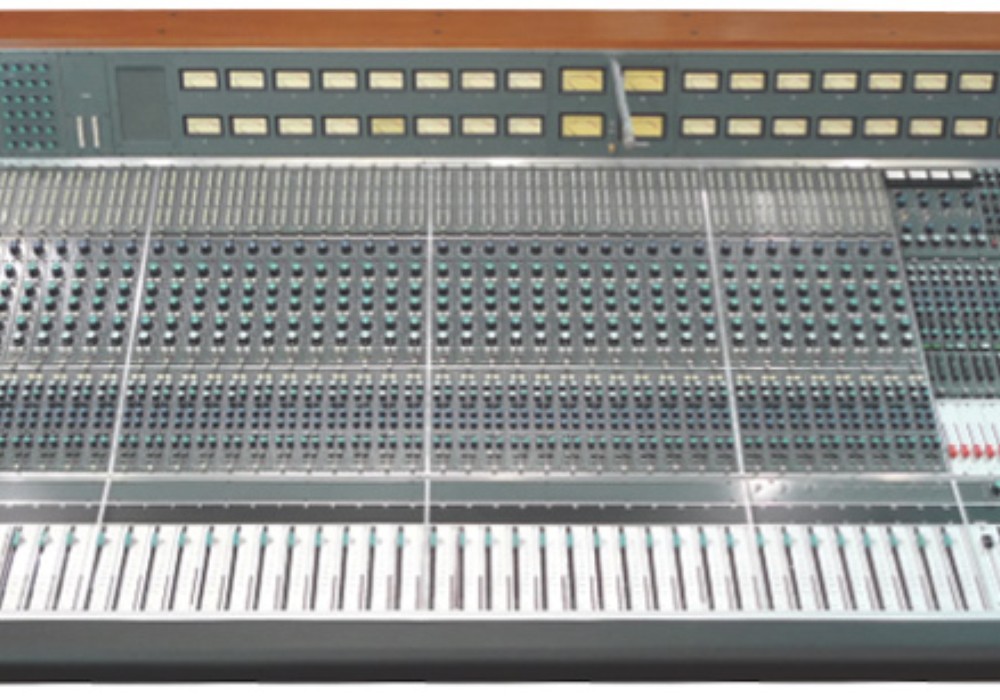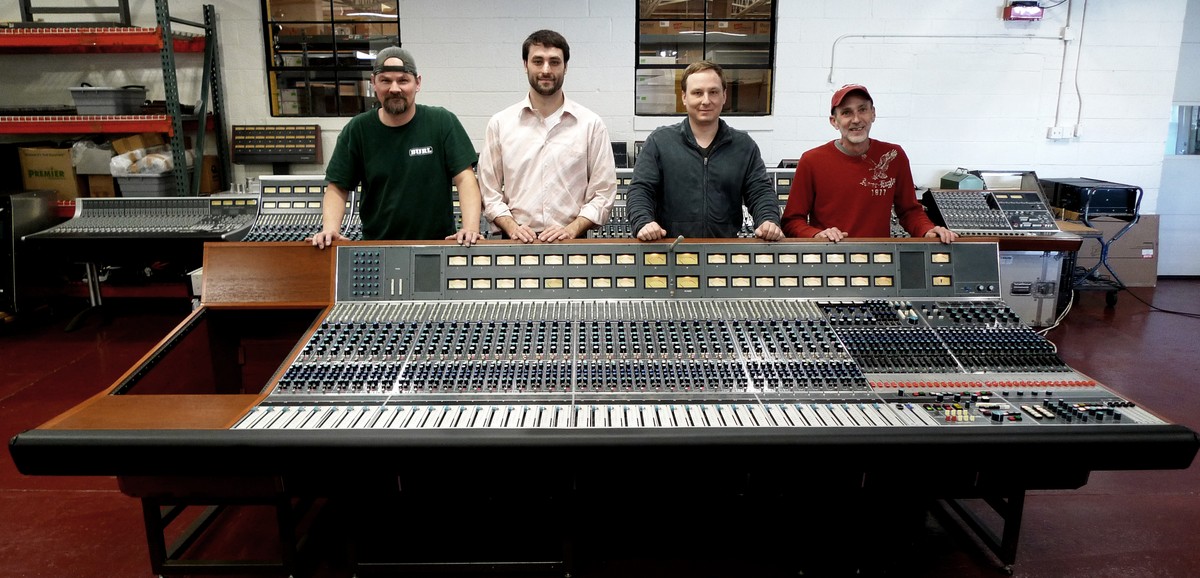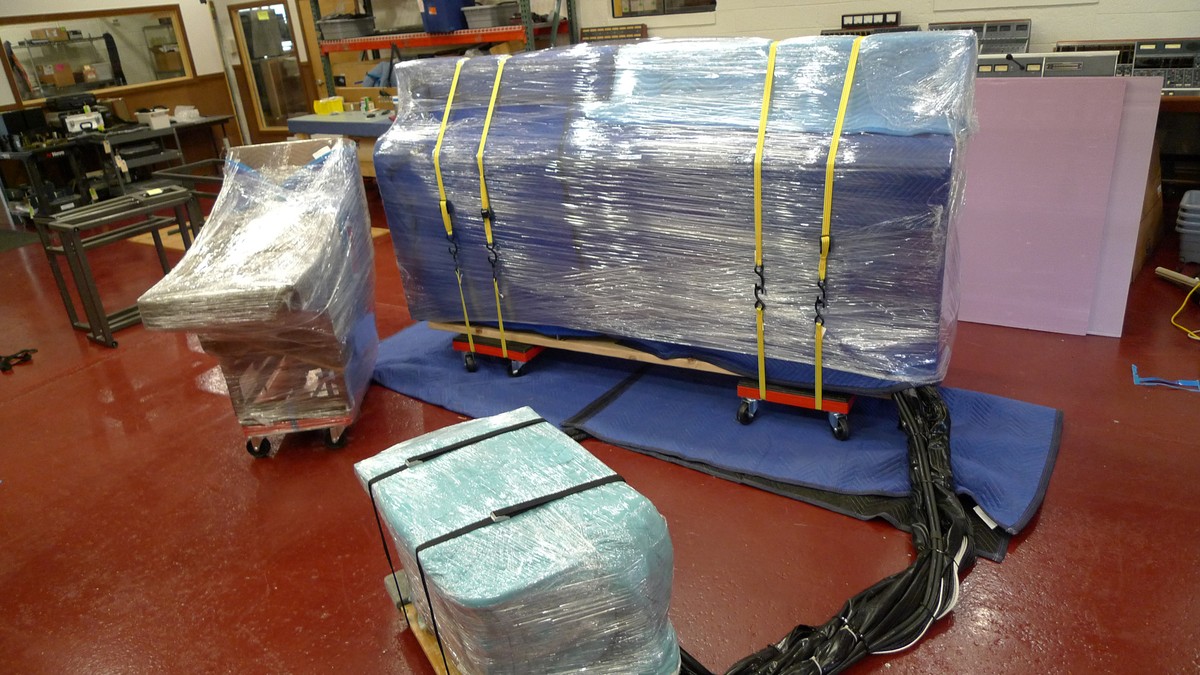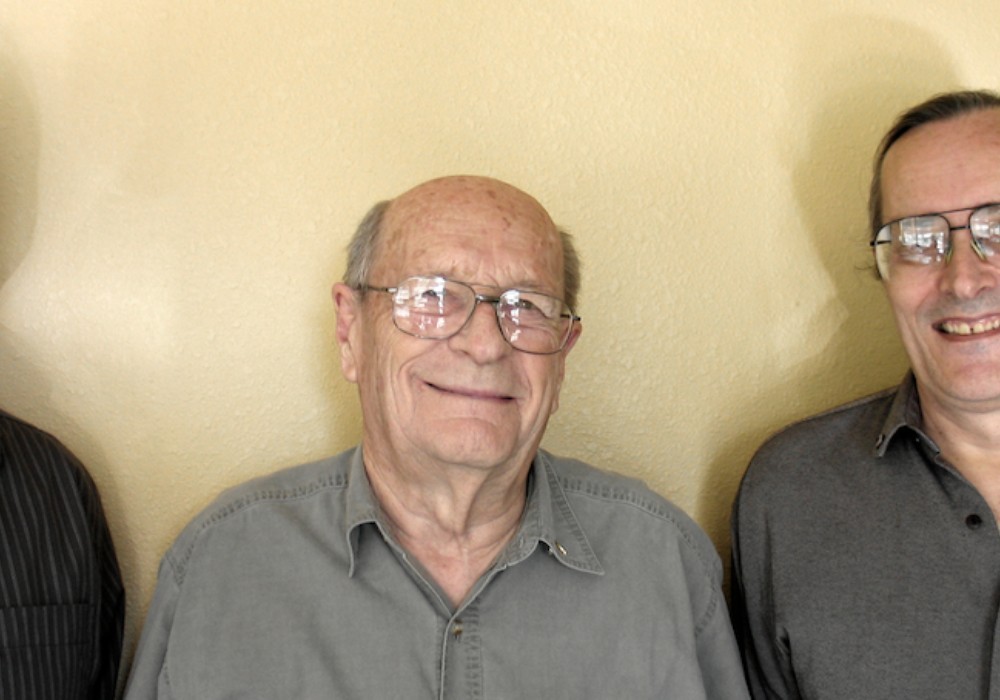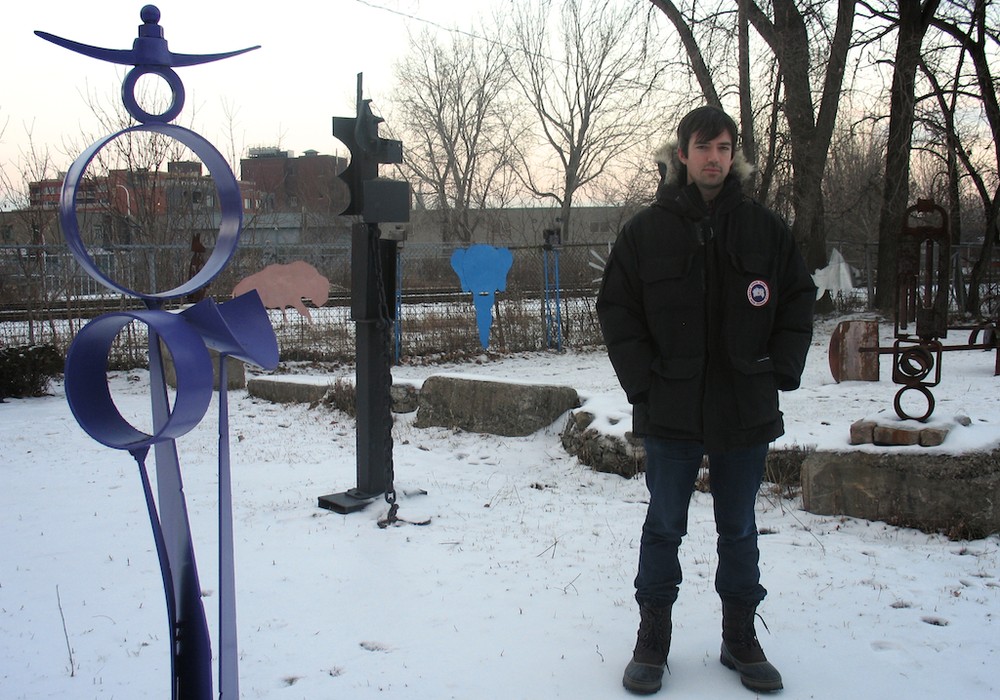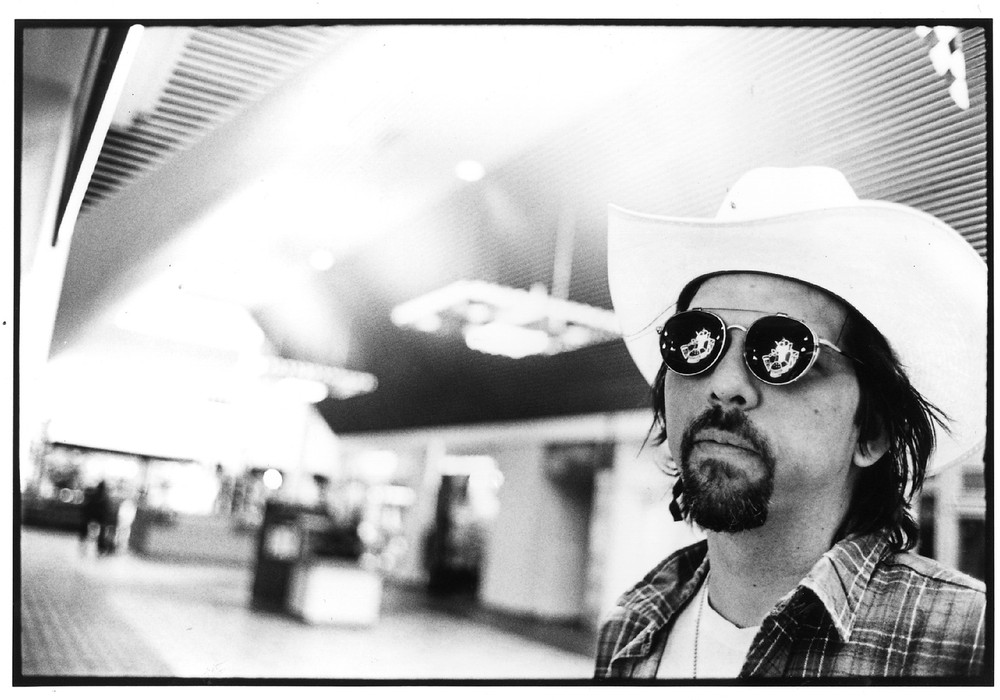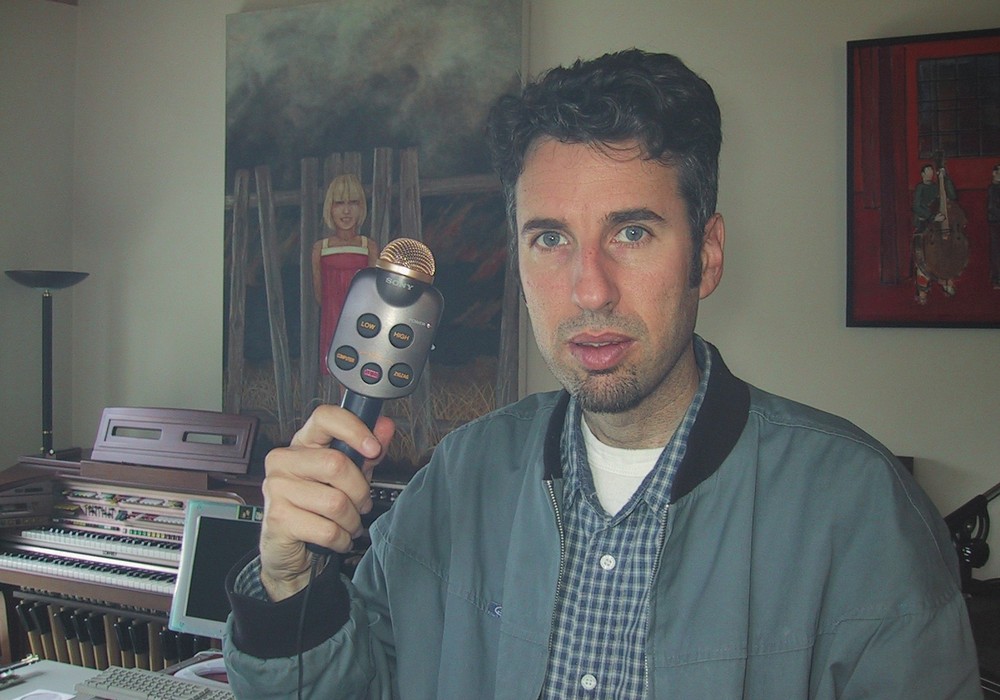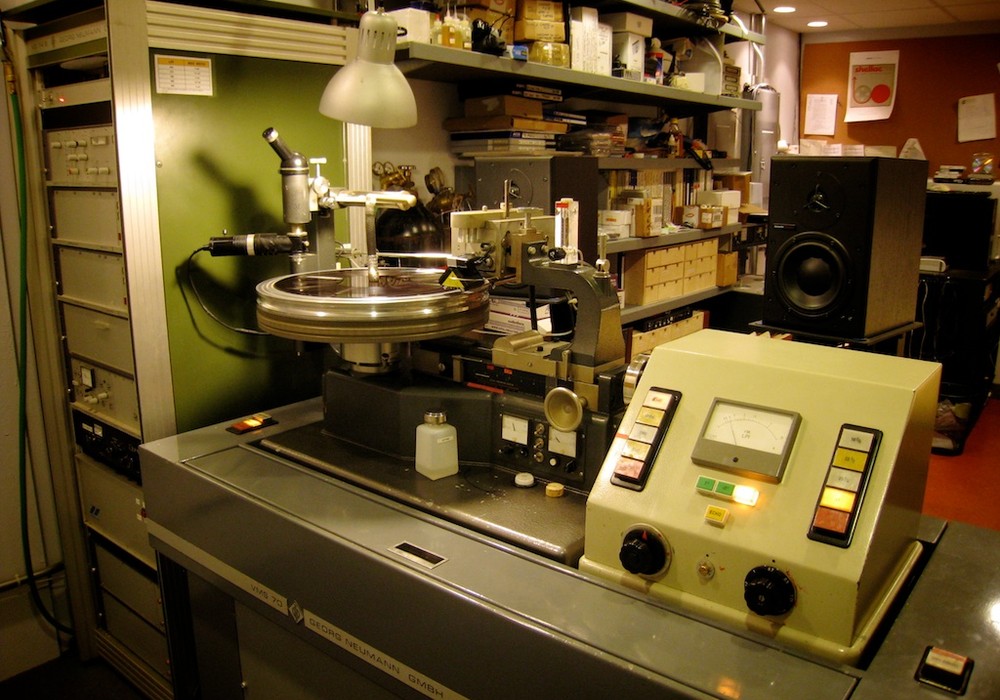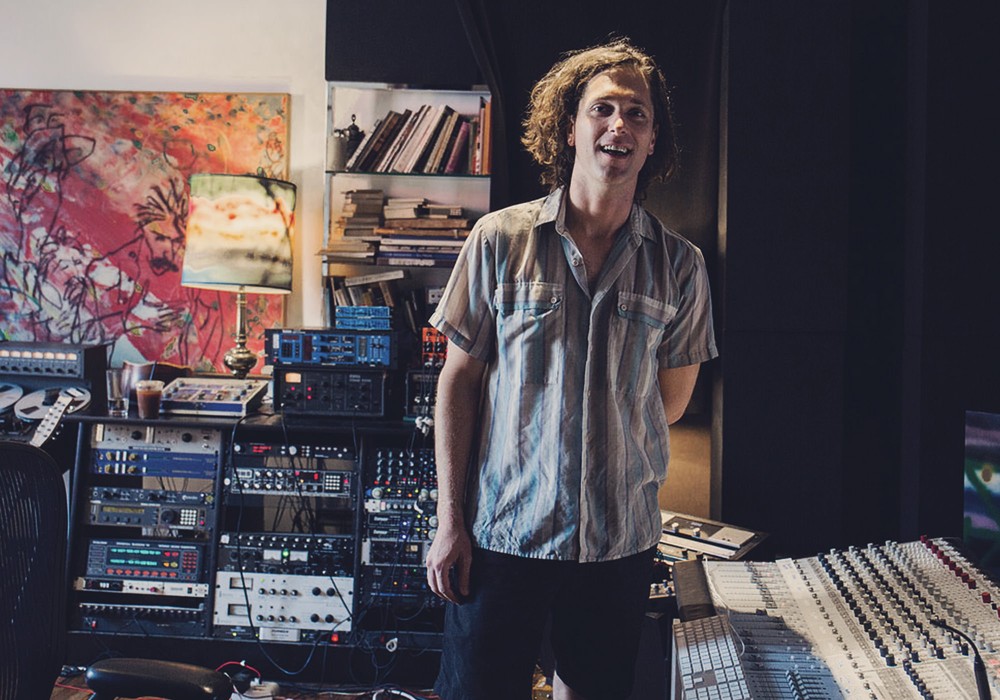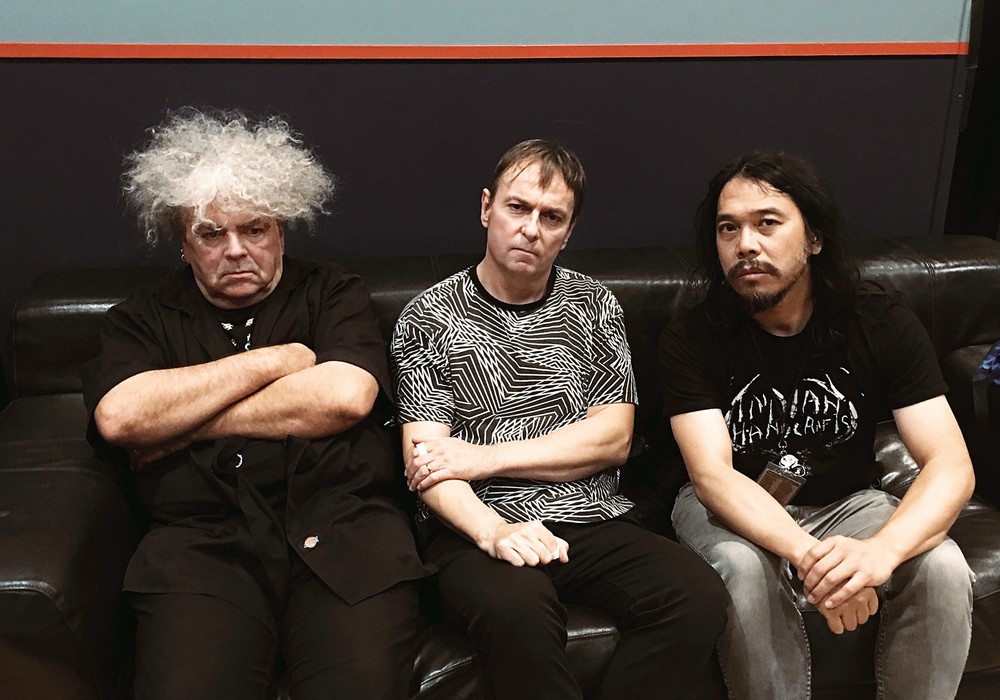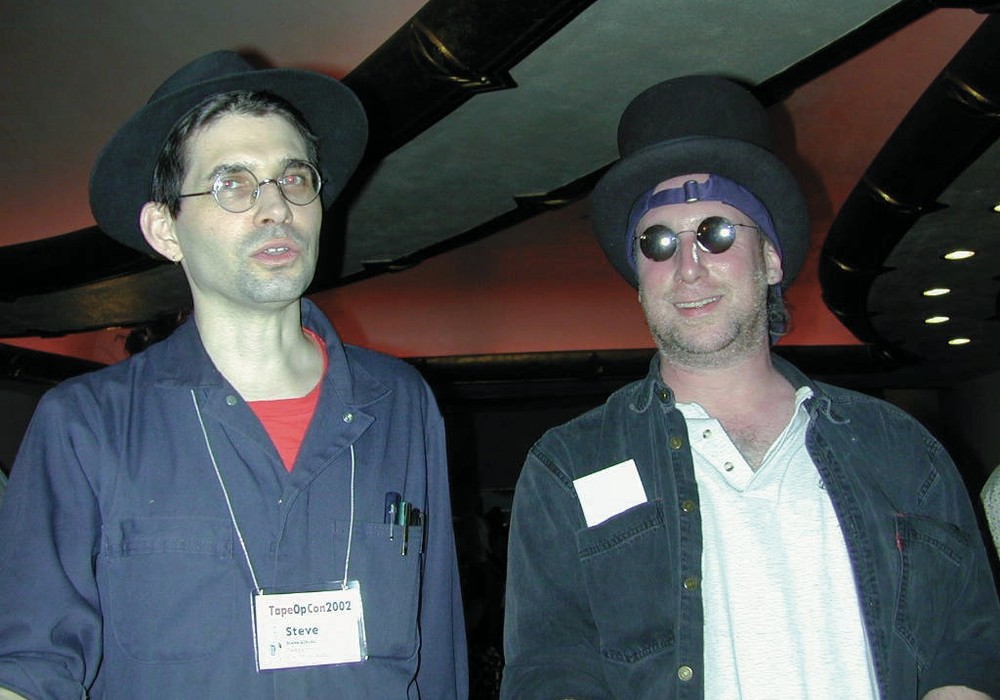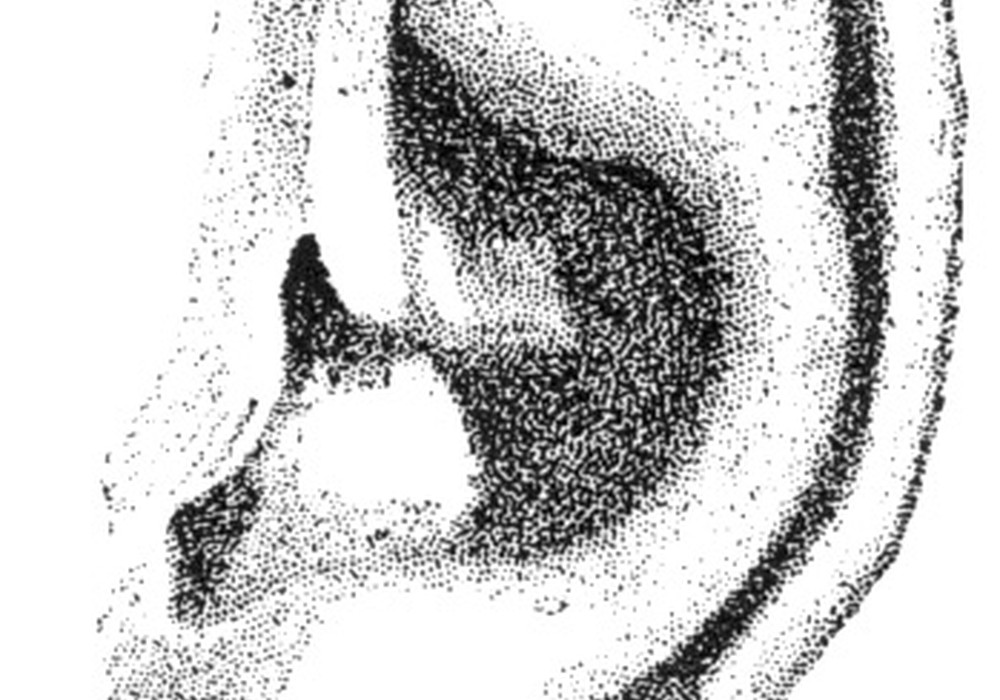What's the attraction of vintage consoles? There's no denying that a classic console will look incredible in your studio and make a great investment, too. But the real draw will always be the sound. High-quality vintage consoles, such as those from API, EMI, Neve, Helios, Trident, and a handful others, bring an undeniable musicality, color, and attitude to the equation.
Whether you prefer the punchy forwardness of a classic API, the wider, pillowy tone of a Golden-era Neve, or the natural-sounding caress of a vintage Helios, there's a reason these consoles are in constant demand: each one has a timeless, tried-and-true sound of its own. From an application perspective, these types of consoles can make the job of a good engineer surprisingly easier — a far cry from working with many clean, no-personality analog consoles or in-the-box DAW recording methods. Bring up the tracks of a well-recorded session on one of these classic desks and you'll often find less need for EQ and dynamic correction. Because there's no need for technical, surgical-type adjustments from the get go, you get to approach the song or project more creatively. That's a workflow appeal that's hard to quantify.
I should add that, these days, engineers are also increasingly aware of the investment prospect that a vintage console presents. Although they do require a chunky-sized outlay of cash up front, when they're properly serviced or restored, these desks are an extremely satisfying tool for the engineer, producer, and artist to work on — and a solid return on investment over time.
How easy is it to integrate into modern setups?
Provided you have a proper set of converters — and the space — it's not hard at all. We sell dozens of vintage desks a year, ranging from smaller 10- to 12-channel sidecars to larger 24- to 40-input EMIs, Trident A Ranges, and APIs to large-format Neve 8068s and 8078s. We help many clients implement their consoles in a hybrid analog/digital format. For instance, a 12-channel Neve Melbourne or 10-channel Neve BCM10 sidecar will take on a couple of roles. At one phase of the recording, it'll act as a front-end tracking/overdubbing desk, interfacing with your DAW recording/editing system of choice. Later in the process, it will provide the flexibility of a stereo stem mixer with powerful analog EQ, lending classic Neve stereo buss tonality while also furthering the dimension and width of the stereo field. This setup style is really popular.
Beyond that, many users prefer the centralized stereo monitoring functionality of a console, which lets you quickly adjust a queue mix using a set of knobs and high-quality long-throw faders. I don't know anyone who prefers a 100% mouse/keypad/screen workflow to the hands-on, tactile connection you get with real knobs and faders.
Those lucky enough to afford larger 32-40+ input desks can take advantage of a classic tracking/mixing workflow, provided they have a high count of DA converter channels. There's something to be said about hearing it all come together on, say, a '70s API, through a uniform set of pre/EQs — you get that trademark "API sound" throughout the recording. Use a Helios or Neve this way, or a Trident A Range, and you'll be working the way it was done in the '60s and '70s. At that time, engineers, producers, and artists would often choose a studio due to its centerpiece console and trademark sound. As a result, the music/albums they created had a clear and obvious sonic identity. When you were tracking through an EMI TGI desk at Abbey Road, you didn't have all the variety of mixing and matching, and all the crazy amount of brands we have available to us in a session today. The "EMI" sound would shine through, like you hear on some of the last Beatles recordings. Or, think of Led Zeppelin... you think Olympic Studios and Helios. Early Aerosmith, Sly Stone, and Heart? You think of API and those punchy, in-your face recordings with great track separation.
How much fashion is involved with the popularity and therefore how safe/strong is my investment? Why are they so expensive?
As you might guess, the most in-demand analog equipment right now tends to be anything with larger-than-life color and warmth. As we've moved away from tape, there's far less color in digital recordings, spurring the trend to bring back that life and warmth. Two or more decades ago, engineers were constantly looking for cleaner, lower-distortion analog equipment and consoles, since the tape colored the sound so much. In the last ten to fifteen years, as digital recording technology continues to become more accurate and transparent, the fashion has drifted in the opposite direction.
Will warm, punchy, big-sounding desks continue to be fashionable in the future? Our guess is that regardless of what the future holds, it is likely that consoles from "the big 4" — Neve, API, SSL, and Helios — will remain in very high demand and continue to be used in the future. Even rarer, more esoteric consoles, such as those hand-built by EMI, Telefunken, Decca, and a handful of others, have no doubt already transcended "fashion" into the category of timelessness, based on their history alone. I should add that the market for consoles, by and large, is not inflated by "collector value" as we see in certain other markets for items with large consumer appeal, such as vintage cars, guitars, and collectibles. That's not likely to happen. You look at the price of a vintage Neve 8058 and while it may seem quite staggering at first, the reality is that it would cost much more for a company to build a brand-new desk to that quality of build and sound. So, in that respect, if someone is looking for top quality in outfitting a studio, vintage consoles are a smart choice. You can make records on the desk for many years to come — and, some day, sell it for as much or more than you paid. That's always a good thing!
Buying: what to look out for in general and what types of electrical components are obsolete/rare; how not to buy a lemon. Is it best to buy already reconditioned?
Look out for certain consoles. As with cars, every console manufacturer made some great products and some not-so-great products over the years. Do your research. Also, don't be fooled by consoles that are priced too good to be true. Given what complex machines these are, servicing a console can get very expensive, very fast. You should always ask questions like: "What is the service history of the console?"; "When was the last time the capacitors were replaced"; and "Are there any modifications?" Two things that tend to eat up the most expense in servicing a problematic console are replacing the capacitors, which, depending on the console, may have to be done every 10 to 20 years, and replacing faulty buttons and switches. Make sure to check that the desk has been carefully maintained and hopefully recapped recently. If in doubt, it's always best to purchase a restored and warrantied console, if possible.
Of course, if you have purchased a console that needs some work, or have been working on an older desk that is starting to show some signs of age, you can put Vintage King's tech shop to work for you. Our tech shop is available for the servicing of nearly every popular brand of recording console and sidecar mixer. We have clients worldwide who ship us their beloved console to be evaluated, serviced, and restored to their desired level. We can perform anywhere from simple cleanup and technical procedures to full-on restorations including cosmetic refinishing, woodwork, repainting, and silk-screening as well as patch bay and cabling replacement. Once the work is performed, we can also assist in shipping logistics and on-site commissioning of these consoles.
The Restoration Process
As you might imagine, servicing a classic console is an enormous undertaking — but one of the most rewarding projects for our team of techs. Each console comes with its own backstory and its own set of challenges — and sometimes those challenges begin well before the console even reaches our building. To give you an overview of our approach to console restoration, I'll tell you about the work we recently performed on a beautiful Neve 8078, which we restored for Electric Lady Studios — an arduous process taking nearly 500 hours.
Shipping, Receiving, and Thorough Cleaning
We handle shipping logistics for large gear every day, but consoles require a lot of extra planning. We take a hands-on approach to coordinating the special packaging of all components and frame of the desk to ensure a safe trip to our shop via one of our trusted freight carriers.
The Electric Lady Neve 8078 was no exception. Once safely in our hands, we began, as we always do, with a thorough cleaning. We began removing modules, steam-cleaning the frame and hand-cleaning each fader. At this point in the process, we might do a bit of cosmetic work, such as filling in any lines on the fader caps that have worn away over time. Next, we'll clean the routing modules, face plates, and knobs, repairing any obvious faults as we go. Not to be missed, the power supply is a key component of the Neve 8078, so we paid particular attention to cleaning the supply and checking for functionality before powering it up and beginning our in-depth testing and functional assessment.
Entrance Testing and Recapping
Once we've given the console a thorough cleaning and verified that the power supply is clean and safe to operate, we begin our extensive testing process. Lead technician Rich Hunt gives each console an inside-out, top-to-bottom evaluation. At this stage many mysteries can appear. For example, so many vintage consoles — particularly Neves — have custom modifications that are not always well documented. Rich does a thorough job of testing previous mods to find out what they do and why. If the mods are well implemented and fit the client's needs, they might stay, such as this console's aux sends on the tape return channels. Otherwise, Rich will reverse the mods, fix the mods, or add new mods at the customer's request. During Rich's workflow, general repairs and preventative maintenance needs are addressed, too. Two of our techs, Justin Weiss and Rick Schultz, will begin the monumental task of recapping each module in the entire console — the mic pre/EQs, the routing modules, the buss amps, everything.
Attending to Cosmetics and Configuring the Patch Bay
Depending on the level of restoration requested, we revive the cosmetics with the same level of detail we give the electronics. On this particular Neve, our cosmetic engineer John Mattson did a vast array of work that turned out beautifully. He re-created some of the bottom metal panels, repainted and re-screened the master panels, and then made custom blank panels for gaps in the console that he painted to blend right into the Neve color scheme. We also added a sturdy new mahogany shelf to set larger monitor speakers on and, at the client's request, built a new mahogany producer's desk to house the patch bays and extra cabling. Other finishing touches included a new armrest, a custom metal stand for the producer's desk, and installation of a Flying Faders system. Lastly, all of the patch bay labeling was configured per the client's particular needs.
Final Repair Work, Burn-In, and Rigorous Testing
Once all of the cleaning, recapping, and custom-wiring is finished, we begin our thorough testing phase. We test each module for every single function, giving us a roadmap for how to proceed. We'll repair any faulty modules and then continue testing in deeper detail, checking the noise floor, attenuator steps, EQ curves, distortion levels, and frequency response. Once the all necessary repairs are complete and the console has passed all tests, it gets a final run through and a thorough listen. I should note that Rich and the tech manager stay in contact with the client throughout the entire restoration process, keeping them up to date on the progress of the desk and discussing any custom mods to be built as well as any other requests that need to be fulfilled. Once the team is 100% satisfied with the console it is burnt in for a couple of weeks to ensure that no hidden problems present themselves. In this case, everything went smoothly, and so we notified Electric Lady Studios and began readying the console for shipping.
5
Shipping Preparations and Console Commissioning
When you're attempting to ship something of this size and scale, with so many smaller pieces and components, proper packaging and shipping methods are critical and require the utmost care. To ensure the console's safe arrival, we remove and individually wrap modules, as well as all of the power supplies, in two inches of bubble wrap before packing each one into boxes of about five to eight. Then, we place all of these boxed items on a pallet, plastic-wrapping and banding them to the pallet so they don't shift during transport. Once we've prepped all the other smaller items for shipping, including wrapping this Neve's new wood trim pieces in thick moving blankets and plastic wrapping, we turn our attention to the console.
Because of the inherent differences in weight distribution and dimensions you'll find from console to console, each one requires its own customized shipping approach. We knew in advance that this Neve needed to be transported and delivered to the studio on its back because maneuvering through doors and corridors wouldn't be possible in any other arrangement. We placed thick moving blankets over every inch of the console, adding plastic wrap to hold them in place and ensure that no moisture or liquid could seep in. Finally, we ratcheted the console to the two utility carts for the utmost in stability, and it was ready to go.
After the console arrived in New York via one of our trusted shipping carriers, Rich flew out to commission the desk. Due to the size of the console and corridors within the studio, this was no easy task! A section of the wall by the entrance had to be removed to get the console into the Electric Lady Studio A control room. With the extra space, the maneuvering went smoothly, and Rich helped bolt the console onto its stands and reattach the producer's desk. He then mounted the power supply in the machine room and ran the power cabling through the troughs to the console. After that, the console was powered up and the voltages checked at the desk to confirm correct PSU functioning before unpacking and loading the individual modules. With the help of the staff at Electric Lady, the modules were then loaded into the console and tested once again for faults. If any small quirks are found at this stage, then are immediately repaired by Rich, on site. Rich then performs final tests before centering the console in the room, leveling the frame, and giving it a final cleaning. At this point, the staff is eager to give it a go and the console is ready for its modern maiden voyage.


